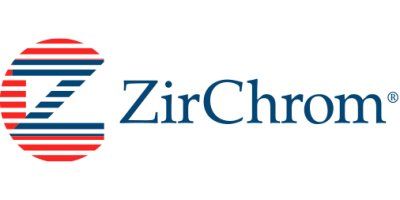

- Home
- Companies
- ZirChrom Separations Inc
- Products
- ZirChrom - SAX Column
ZirChrom - SAX Column
In this application note we demonstrate the unique selectivity and versatility of the ZirChrom?-SAX column. The ZirChrom?-SAX column is a strong anion-exchanger that has a hydrophobic character to the stationary phase. The mixed-mode retention characteristic of the crosslinked polyethyleneimine-coated strong anion exchanger, ZirChrom?SAX, enables an LC/MS-compatible isocratic separation of four non-steroidal anti-inflammatory drugs (NSAIDs) in less than 4 min
Traditional silica methods for the separation of acetaminophen, ibuprofen, naproxen (common pain relievers/anti-inflammatories) and ketoprofen (used to control joint pain and swelling associated with rheumatoid arthritis) often require complex gradients and mobile phases to achieve satisfactory selectivity. NSAIDs have a carboxylate moiety, which makes them a effective Lewis base (Figure 1). It is well know that Lewis bases can interact strongly with zirconia-based columns, sometimes resulting in poor peak shapes. The strength of different common Lewis bases on zirconia has been previously reported (1). Although NSAIDs carboxylic acid moiety and formate are very near each other in elutropic strength, keeping the pH of the separation near the pKa of NSAIDs’ carboxylic acid moiety increases the likelihood that it is protonated and thus will be efficiently displaced from the Lewis acid sites on zirconia by the smaller and more acidic formate anion. The resulting innovative approach uses the mixed-mode retention characteristics of the zirconia-based strong anion exchange phase, ZirChrom?-SAX, and a LC/MS-compatible ammonium formate buffer to resolve non-steroidal antiinflammatory drugs quickly using isocratic condition.
Four non-steroidal anti-inflammatory drugs were prepared in an aqueous solution and injected on a ZirChrom?-SAX column. The separation conditions are as follows.
- Column: ZirChrom-SAX, 50 x 4.6 mm i.d. (part number: ZR06-0546)
- Mobile Phase: 80/20 ACN/15 mM ammonium formate,
- pH=4.0 (adjusted with formic acid)
- Flow rate: 1.0 ml/min.
- Temperature: 35 oC
- Injection Vol.: 1.0 µl
- Detection: UV at 254 nm
